My favorite way to get to know a city is on a bike. But Mexico City is so huge there’s no way – even if you lived here – to know even a fraction of its different neighbourhoods. It is large beyond imagination, and always changing. As a visitor I’m limited to narrow windows – but I’m always curious and travelling around, trying to learn more.
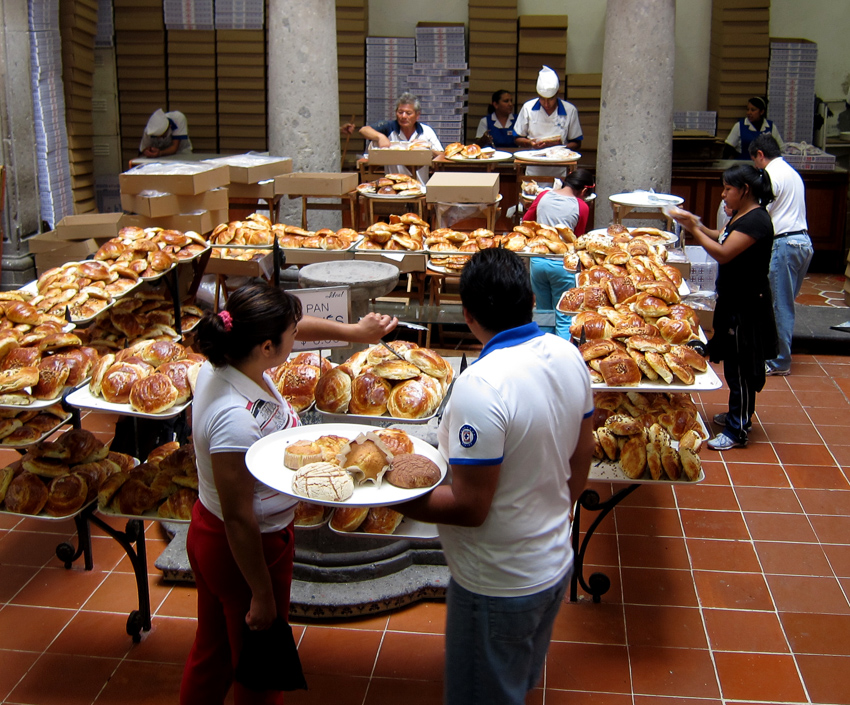
Self-service at the bakery: The typical aluminum tray with tongs. This bakery (Pastelería Ideal) is in the Centro, and well loved. The white red and blue boxes piled on the back wall are broadcast widely, each packed with treasures headed back home. Upstairs is a whole room of wedding cakes, well worth just looking at!
Bikes are great for exploring. With a bike I have freedom to skip over what’s not interesting, and go for whatever has a natural draw, which can often be a surprise – like salsa dancing in a park, an open air market (tianguis), or just simply a beautiful place noticed while passing by.
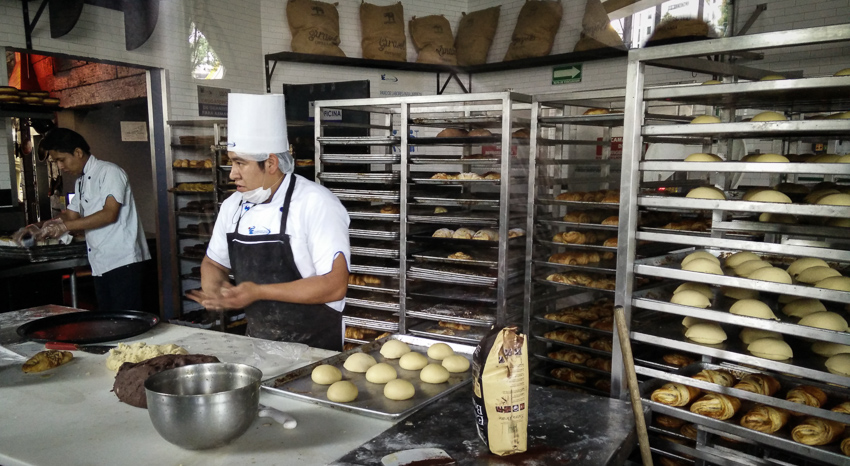
Preparing for the oven The trays, freshly baked, are set out in the front from which you can make your selections. This bakery (Pastelerías Esperanza) is just south of the Coyoacan metro station and one of my absolute favorites – in any country.
Calories are required for this type of exploration, and pasteries are an ideal way to gain them. We’ve gotten so we have limit how often we stop, picking up an aluminium tray and a pair of tongs, and helping ourselves to fresh goodies. They are straight from the oven and lined up on serving trays. The rotation of what’s there changes day to day and hour to hour.
It’s a wide variety to choose from and they are not at all gloopy sugar-coated white bread. I don’t know the technical description, perhaps someone reading can comment, but they are usually made with a dough that tends toward a cake taste, instead of bread. There are fillings and coatings that are both decorative and subtlety delicious
When you are paying there is a characteristic way of packaging each pastery where it’s put on a type of thin paper (a cross between film wrap and wax) which is doubled over the pastery, the corners held, and the entire assembly spun around serveral times to yield a package with two poney-tails at its top. After that all we need is a cup of coffee. If it’s morning we’ll head to the nearest park to enjoy breakfast and watch the surrounds.

Biking food, required for the day. These are actually of a lightly salted bread with decorative covering.
There will be plenty of time for biking later on.
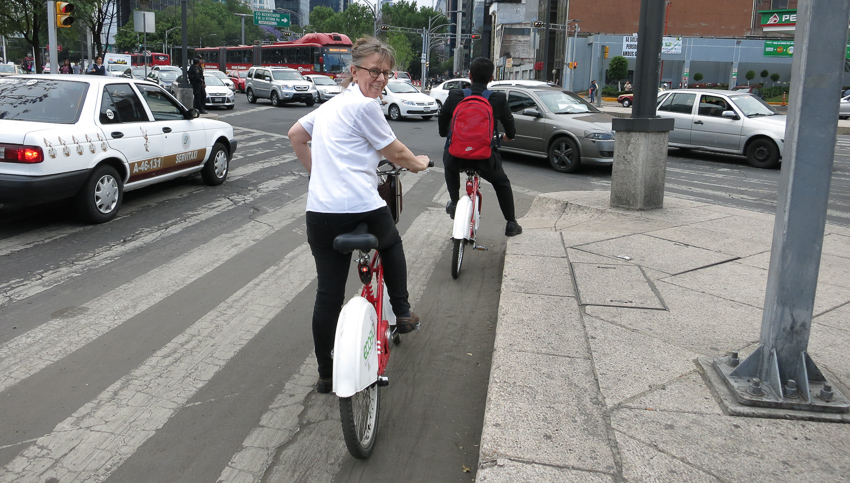

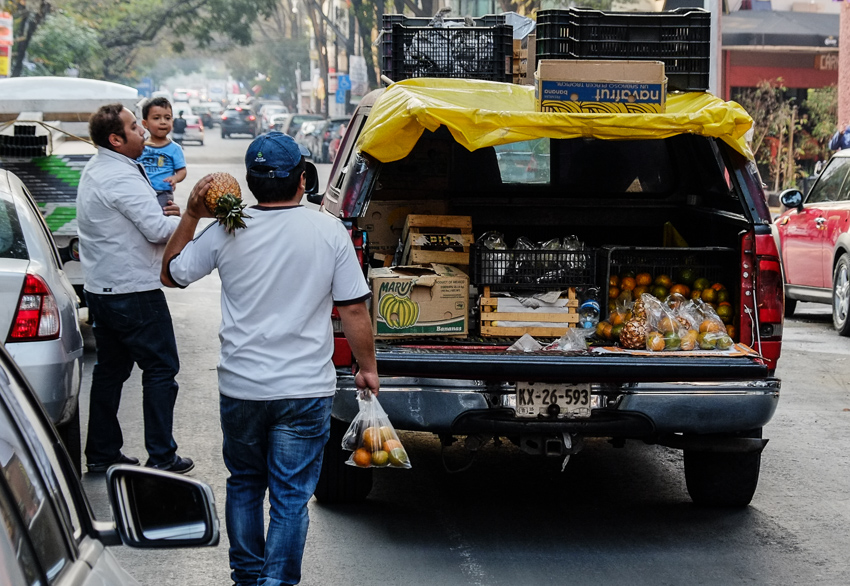
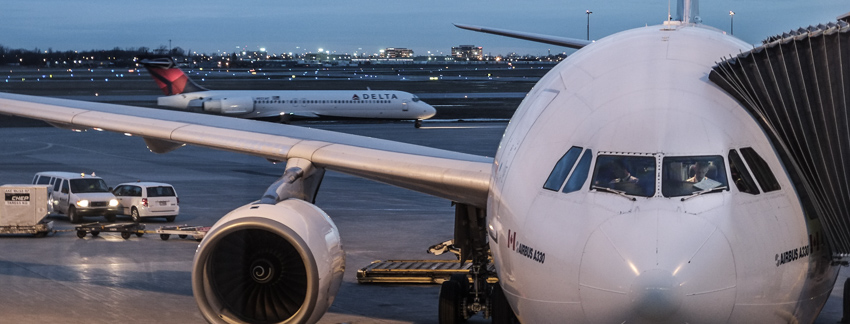


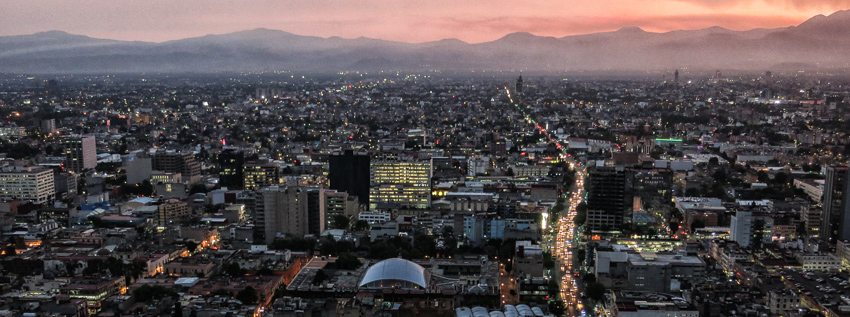
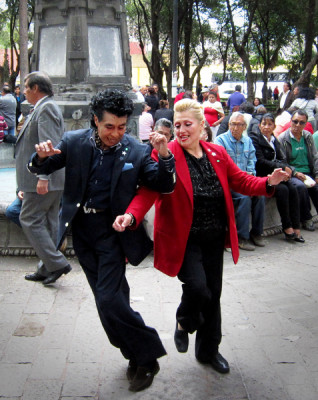

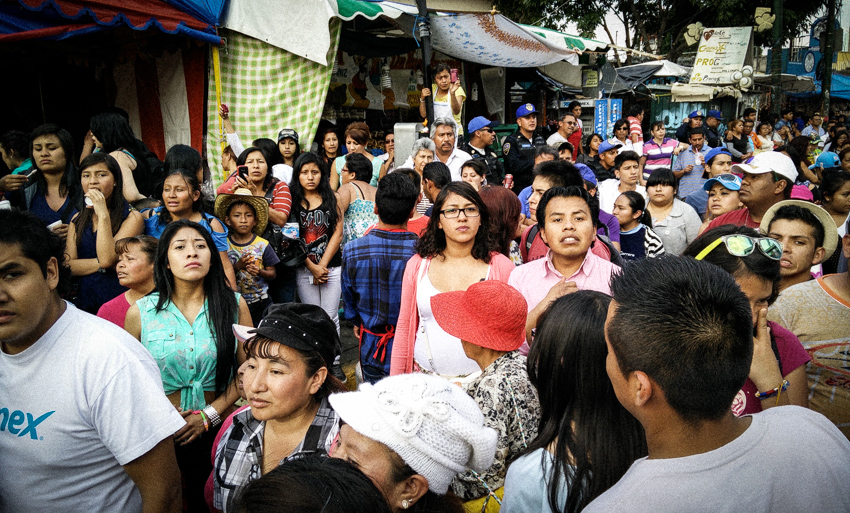
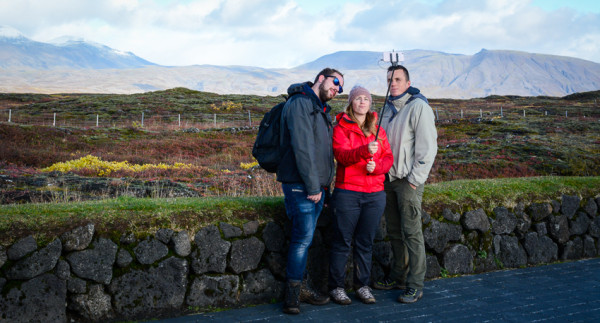

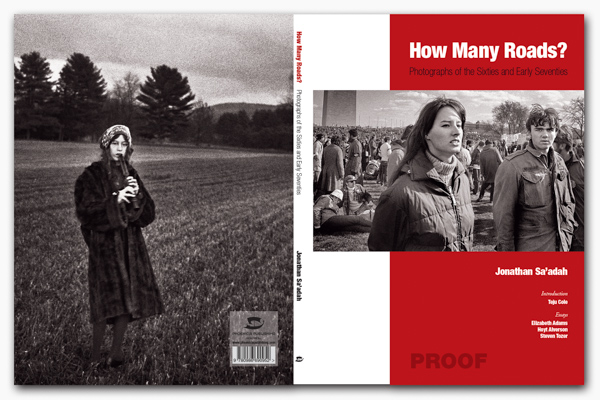
Recent Comments